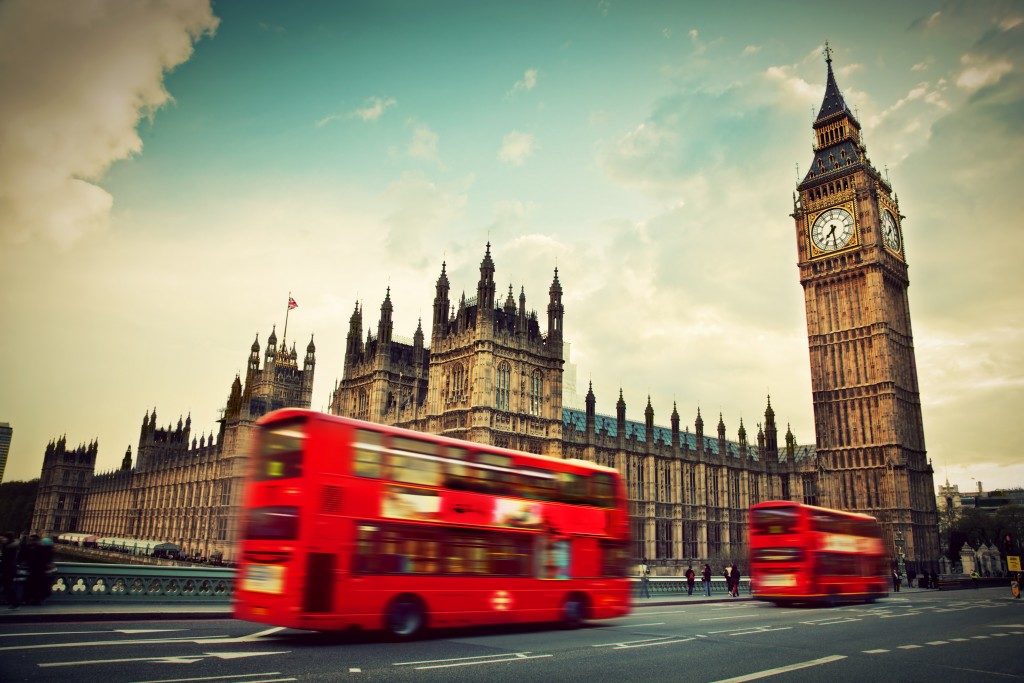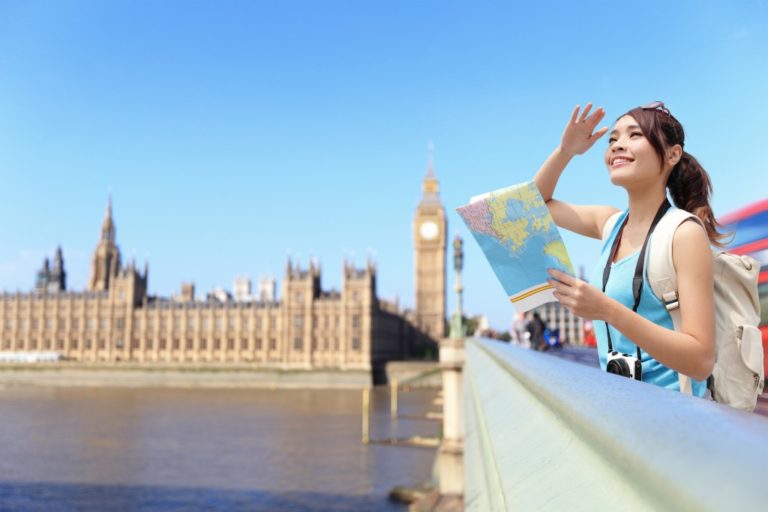What do Sir Winston Churchill, Jimi Hendrix, Oscar Wilde, and Virginia Woolf have in common? Apart from being renowned for their historic contributions to British society, they’re part of a small club of people that have prestigious blue plaques to mark the homes where they lived.
What does a Blue Plaque mean?
These blue-plaque homes are officially recorded and protected by the English Heritage, a non-profit organisation that preserves over 400 historically significant sites—from castles, monuments, Cold War-era bunkers, and of course, these blue plaque-endowed homes.
The blue plaque is a British system wherein former homes of famous people are marked by such plaques to trace their history and also preserve the site.
A blue plaque is a permanent historical marker whose purpose is to establish and preserve a link between a location and a famous event, person, or former building on the site.
These plaques aren’t always blue, as there have been different institutions governing the practice over the years. English Heritage is the latest organisation to preside beginning in 1986 to the present day, with the first being the Society of Arts from 1866 to 1901, the London City Council from 1901 to 1965, and the Greater London Council from 1965 to 1986.
In this article, get familiar with blue plaques, and why you should consider living or setting up shop close to a blue-plaque home, should the opportunity present itself.
- It’s Prestigious
If you’re fortunate enough to live right beside or close to a home with a blue plaque, you could certainly become the envy of other non-residents. Imagine if you walked the same paths as James Bond creator Ian Fleming. What if you could pass by the former residence of John and Yoko, which was first owned by Ringo Starr, then rented out to Paul McCartney and Jimi Hendrix?
To stroll down the same streets, shop at the same stores—walking in the very footsteps of historical icons gives you a rare and immense sense of pride that can’t be counted in financial terms. And speaking of finances…
- It Can Raise Your Property’s Value
Homes or sites that have the prestigious blue plaque may increase value immensely—as well as raise the market value of the real estate close to it.
Frankenstein author Mary Shelley had her former house command a price of £14 million on the market. Another blue-plaque home formerly inhabited by famed illustrator and engraver Frank Short went on the market for £4.5 million.
Though these are homes where famous people actually lived in, homes close to famous people’s residences enjoy the “reflected glory” of asking higher prices. Take for example, this exquisite home in Chelsea. Its asking price is £8.75 million, which isn’t bad for a home that’s only on the same street of Oscar Wilde’s home.
- It’s Good for Business
Some of these blue-plaque homes aren’t used as residences for their current owners, but converted into museums. One such home is Chartwell, the former family home of Sir Winston Churchill. The attraction averages 200,000 visitors yearly. So many visitors go to the museum that the National Trust had to place a limit on the number of tourists.
Some enterprising tour guides have also organised tours centred on walking to blue plaques that are close to each other, so you can imagine how many tourists would visit the nearby shops, cafes or restaurants.
Go for Properties Near Blue-Plaques

Historical and cultural value created by the presence of blue plaques is undeniable. These plaques can elevate the most modest sites to great significance, and increase the perceived and monetary value of its surrounding structures.
Wimbledon is no exception, which attracts visitors with its seasonal tennis matches, but its long-standing blue plaques can serve as a year-round attraction.
If you find the lure of living in an area with blue plaques such as Wimbledon irresistible, you can find Wimbledon estate agents to help you find the right property. While actually buying a blue-plaque home may not be within your reach, yet, you can go for properties within their proximity.
When looking for a property to rent, buy or set up shop, try an area with blue plaque sites nearby—you may be pleasantly surprised by the opportunity.




